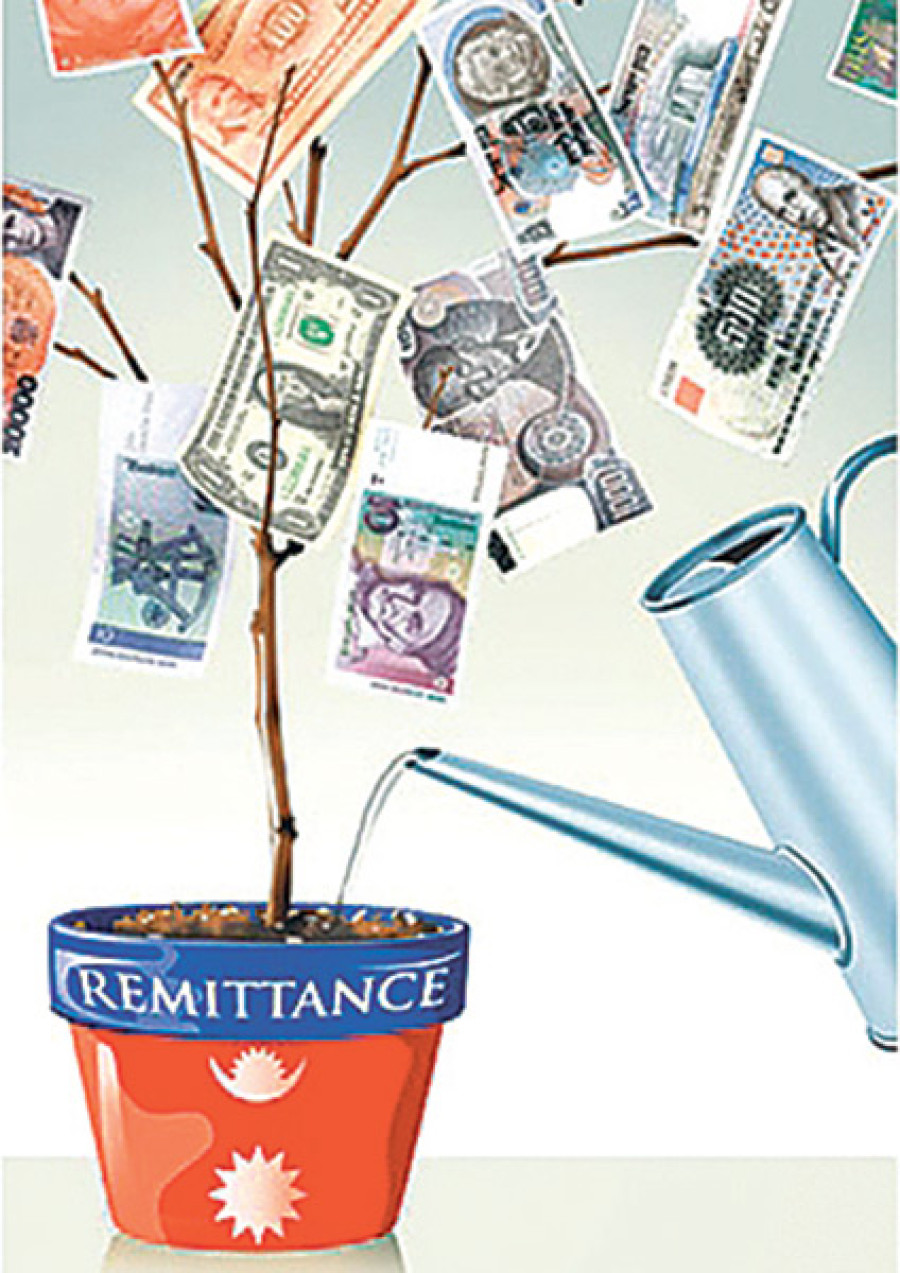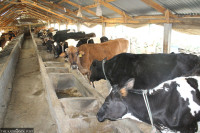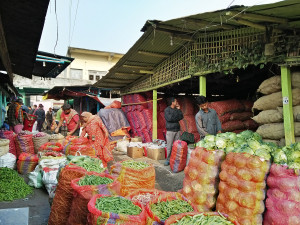Money
Remittance inflow drops
The inflow of remittance dropped by 1.4 percent in the first four months of the current fiscal year, raising fears of the country facing shortage of foreign currencies in the coming days to finance imports.
The inflow of remittance dropped by 1.4 percent in the first four months of the current fiscal year, raising fears of the country facing shortage of foreign currencies in the coming days to finance imports.
Nepalis working abroad sent home Rs228.95 billion in the four-month period between mid-July and mid-November, shows the latest Macroeconomic Report of the Nepal Rastra Bank, the central bank. Nepal had received Rs232.1 billion in workers’ remittance in the same period a year ago.
Although remittance inflow has been decelerating for quite some time, it had not recorded a negative growth in the recent period.
“This fall may not be a brief interruption, as various factors tell us that remittance growth has hit a saturation point and the flow will start shrinking in the coming days,” said Nara Bahadur Thapa, executive director of the Research Department of the NRB.
One big factor for expected fall in remittances is drop in number of Nepalis leaving the country for employment.
The number of outbound Nepali workers have been falling for quite some time. The outflow fell by 1 percent in the first four months of the current fiscal year due to slump in labour demand in Saudi Arabia, a key market for Nepali workers.
“The number of outgoing Nepali workers are likely to drop further as successful completion of elections have made people optimistic and encouraged many to stay and work here,” said Thapa. “So, we should stop relying too much on remittances from now onwards.”
Remittance has played a crucial role in lifting people from the traps of poverty and pushing up consumption, which accounted for almost 90 percent of the gross domestic product in the last fiscal year. Remittance has also played a key role in keeping the country’s foreign exchange reserves robust.
“The country’s foreign exchange reserves may be hit in the short term because of fall in remittances,” Thapa said. This does not bode well for an import-dependent country, which needs foreign currency to purchase various goods abroad.
The good news is that Nepal’s foreign exchange reserves expanded by 1.2 percent to $10.6 billion in mid-November despite the fall in remittance inflow, shows the NRB report.
This was largely because the flow of money into the economy surpassed outflows by Rs2.4 billion in the four-month period. Nepal recorded a balance of payments (BoP) surplus of Rs2.4 billion in the first four months of the current fiscal year, as capital transfers jumped by 88 percent to Rs6.4 billion and flow of foreign direct investment surged by 79 percent to Rs10.2 billion.
However, BoP surplus has shrunk significantly from that of the same period of the last fiscal year. Nepal’s BoP surplus stood at Rs22 billion in the first four months of the last fiscal year.
The rapid reduction in the surplus is the result of deceleration in remittance inflow and surging imports.
Nepal’s merchandise imported went up by 10.8 percent to Rs334.31 billion in the first four months of the current fiscal year due to hike in demand for petroleum products, MS billet, and vehicles and spare parts. On the other hand, merchandise exports went up by 7.5 percent to mere Rs26.35 billion. Nepal’s exports had gone up by 17 percent in the same period of the last fiscal year.
This mismatch in imports and exports widened the country’s trade deficit by 11.1 percent to Rs308 billion in the first four months of the current fiscal year.




 18.12°C Kathmandu
18.12°C Kathmandu














